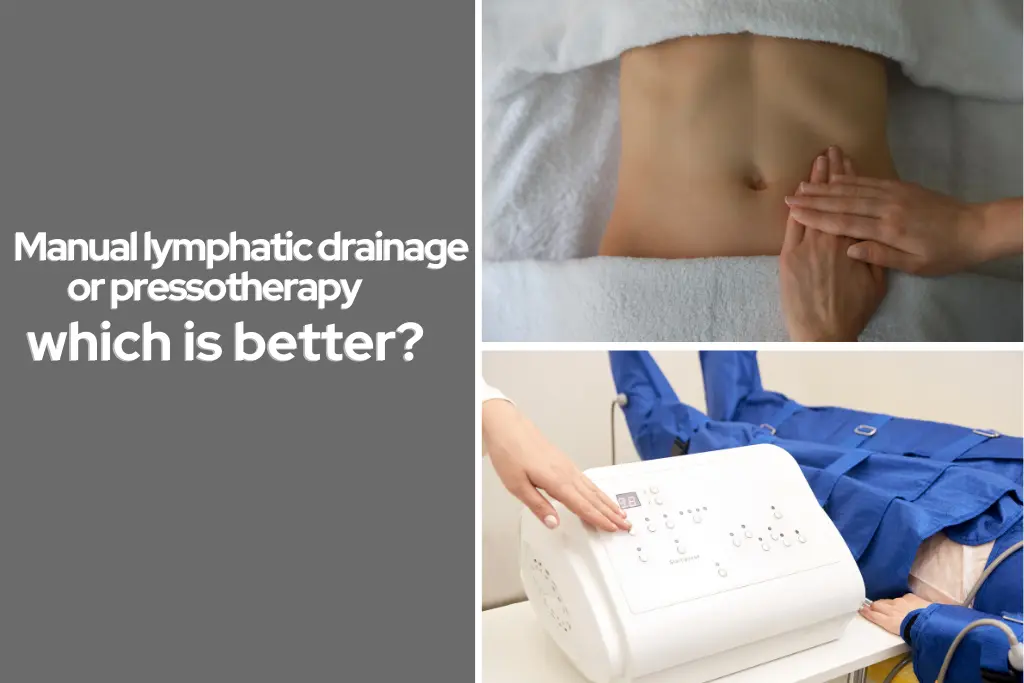
Manual lymphatic drainage or pressotherapy: which is better?
Much has been said about the effectiveness of manual lymphatic drainage or pressotherapy with respect to drainage in lymphedema.
A comparative analysis was recently conducted comparing the results obtained within a maximum period of 2 days after the use of each of the techniques. This study was published by the Journal of Clinical Medicine in the Vascular Medicine section on February 23, 2024. We must point out that this study was carried out in cases of secondary lymphedema, in patients coming from cancer therapy.
Difference between lymphatic drainage massage vs pressotherapy
The big difference between the Lymphatic Drainage Methodology and Pressotherapy is that the first requires it to be performed manually by professionals trained in this technique, while Pressotherapy is a device.
Manual lymphatic drainage
It is a natural medicine therapy to prevent and treat pathologies, edema, tired legs, fluid retention, reduce cellulite and purify the body
effectively and visibly, thus helping to eliminate and transfer the accumulation of toxins from the tissues to their evacuation routes.
When the natural drainage and waste removal process slows down, the connective tissue saturated with water and waste thickens and hardens.
Pressotherapy
It should be noted that Pressotherapy does not in any way replace or substitute Manual Lymphatic Drainage. It is a technique performed using programmed pressure circuits with adapted pneumatic boots and suits in order to eliminate fluids from the body.
It is carried out by inserting the body’s extremities into boots or sleeves with a double wall that forms an inflatable chamber, where with the help of a compressor, pressurized air is inflated and a pseudo massage is performed that removes organic substances using a pneumatic pump.
Therefore, if you are thinking of practicing any of these methodologies, it is essential to know the differences by seeking advice from qualified professionals who will inform you about the relative and absolute indications and contraindications and help you avoid possible health risks.
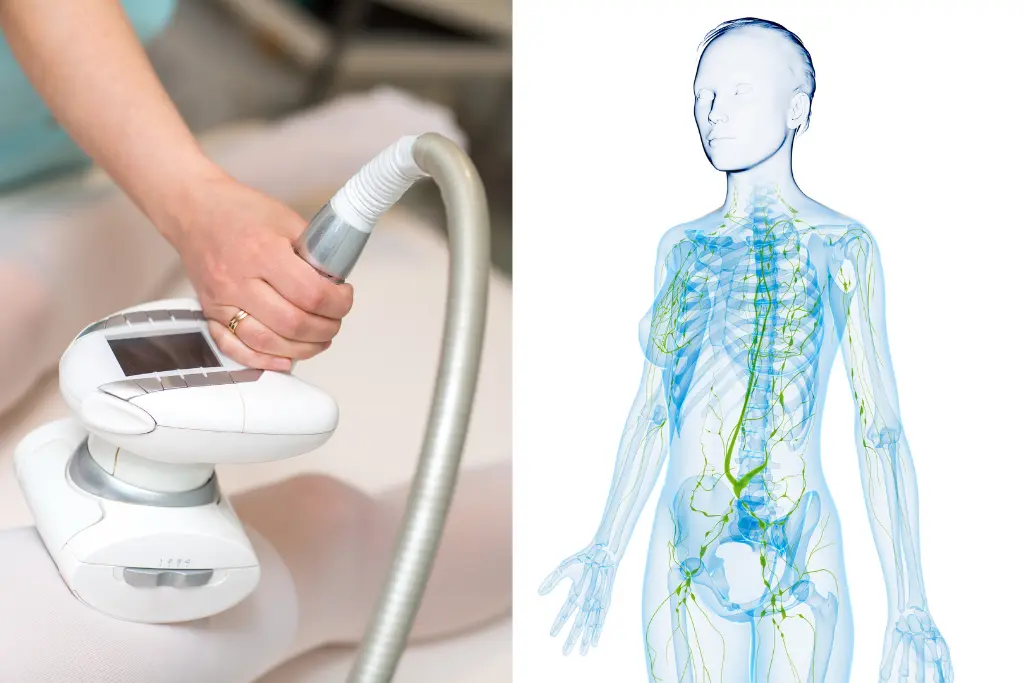
Most commonly used techniques for standard treatment of lymphedema:
First of all, we will discuss the most often utilized methods for the standard treatment of lymphedema
TDC or complex decongestive therapy. It is a combination of techniques such as:
- Manual lymphatic drainage.
- Compression bandage that is kept on between sessions or compression garments to maintain the reduction of edema.
- Exercises to activate lymphatic movement.
- TCPI or intermittent pneumatic compression therapy (Pressotherapy)
This kind of treatment aims not only to lower local swelling but also to sustain it under control over the long run, therefore activating the lymph flow and preventing its accumulation once more.
- MLD or manual lymphatic drainage: This involves the manual application by the therapist of a series of gentle, superficial and rhythmic movements in an upward direction. These movements are carried out by exerting a certain drag on the skin which aims to open the internal valves of the lymphatic vessels and activate the flow of lymph towards the lymph nodes. This is where the lymph is filtered and pathogens are eliminated.
- Pressotherapy or TCPI: It is a technique that involves the use of a mechanical device (compressor) together with garments designed to fit the limb on which the massage is to be performed. These garments are composed of cells that receive the air emitted by the compressor in a sequential or intermittent and controlled manner. The massage helps activate blood and lymphatic circulation by positive pressure in the area. They are designed to simulate the movement of the DLM.
Study criteria and methods
Criterion
The main criterion for selecting patients who participated in the study was that all of them suffered from secondary lymphedema in the lower extremity.
Any other type of edema was excluded, whether primary lymphedema, those due to infections such as erysipelas, chronic wounds, phlegmons, etc.
Patients who, despite having secondary lymphedema, suffered from heart failure, malignant diseases in active phase, etc. were also excluded.
Method
In all cases, patients received both types of therapy with an interval between sessions of 2 days.
The therapists who performed the manual lymphatic drainage sessions were all certified and trained in this technique. We must remember the importance of MLD training for an effective and safe result.
The equipment used for the CPI sessions was the Lympha Press mini, with 12 cells per limb.
The sessions of both systems lasted 45 minutes.
The order of DLM and TCPI was randomized as was the assignment to patients.
The washout space or time between sessions was 2 days whether manual drainage was the first or intermittent compression therapy.
Results
The results obtained after carrying out these therapies indicate that there are no significant differences between both techniques, either immediately or 48 hours after treatment. This refers specifically to the results in the lower limb (the upper limb had always been studied more) and in the case of secondary lymphedema.
Comparison between techniques
- At the level of results of therapeutic efficacy, both subjective and objective, no significant differences have been found as long as the technique is properly indicated (similar cases).
- In terms of sensations, two thirds of patients were more inclined towards manual lymphatic drainage than towards Pressotherapy because they found it more pleasant.
- In terms of time and pressure control, the recommended compression and decompression times are 30 to 50 seconds, which is easier to control mechanically than manually, both at the therapist level, since it is difficult to achieve the same sensation and time between different therapists. It is also difficult to maintain the same compression and control in the same therapist over several sessions.
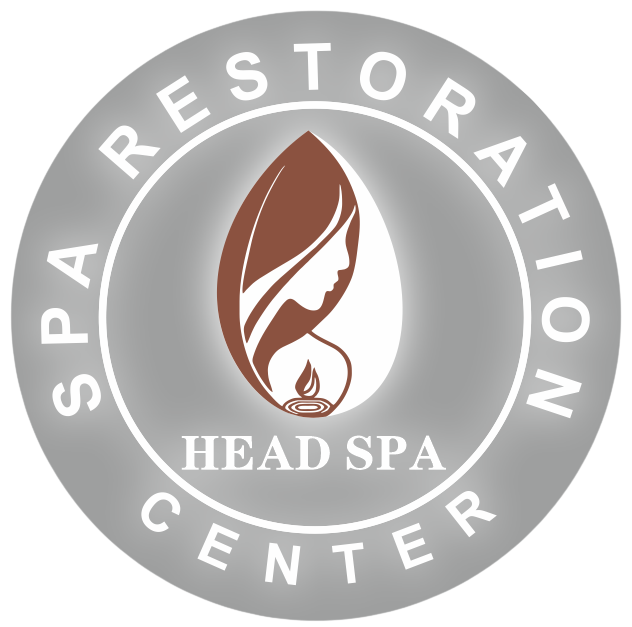
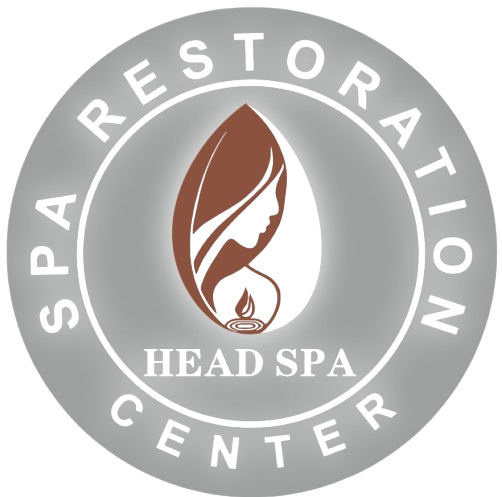
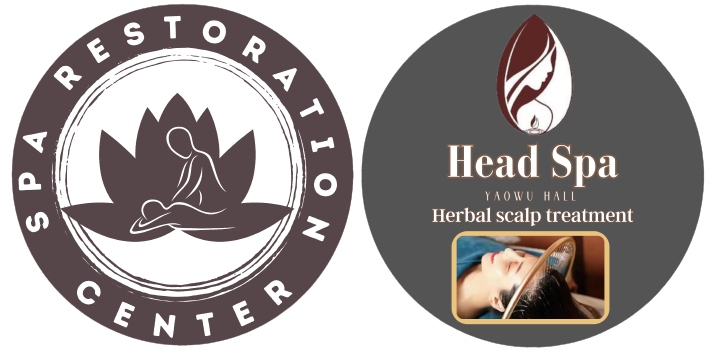
Leave a comment